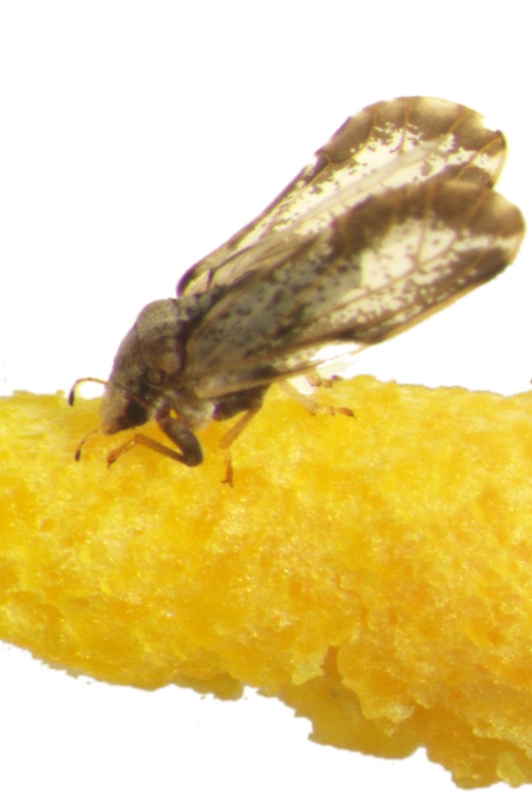Oct 1, 2018

Dead psyllid in feeding position on Specialized Pheromone and Lure Application Technology (SPLAT®) card. Photo credit: Justin George and Stephen Lapointe.
Dr. Lukasz Stelinski, an Associate Professor at the University of Florida, is researching attractants and traps as a way to deal with Asian citrus psyllid (ACP), in order to reduce the incidence of Huanglongbing disease.
How do the traps work? Download the Research Snapshot to learn more.
About Research Snapshots

Topics: